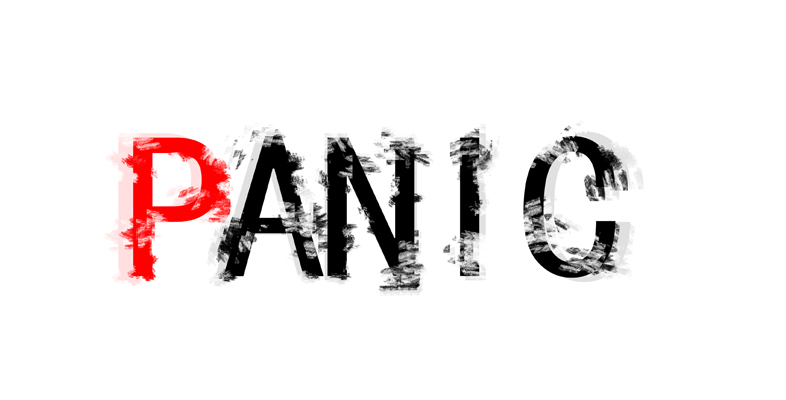3.1 Therapy for panic disorder
There is a considerable research base that says that cognitive behavioural therapy is the most reliable and well evidenced therapy for panic disorder. As a result, CBT is currently the most widely recommended psychological treatment for panic attacks in Britain. For that reason the focus here will be on CBT for panic disorder. Of course while there is evidence than CBT is effective for panic disorder, that does not guarantee that CBT will ‘work’ for any particular person.
In the last section you read about how in the cognitive model of panic disorder three elements are important, namely:
- fear of the bodily sensations associated with the fear reaction
- catastrophic interpretations of those bodily sensations
- avoidance and coping behaviours which a person uses to try and avoid feeling those bodily sensations
Logically, in cognitive behavioural therapy (CBT) that aims to treat panic disorder all these aspects are targeted. The therapy aims to:
- identify catastrophic interpretations (that breathing a bit fast means I am going to die)
- generate alternate (non-catastrophic) understandings of bodily symptoms (i.e. breathing a little fast does not mean I am going to suffocate and die, it just means I am not very fit)
- encourage a person to stop their avoidance and coping behaviours in order that they can accomplish 1 and 2.
Crucially, what distinguishes CBT for panic disorder is that in addition to talk (discussion) a person with panic attack is encouraged to do behavioural experiments – more about this below.
